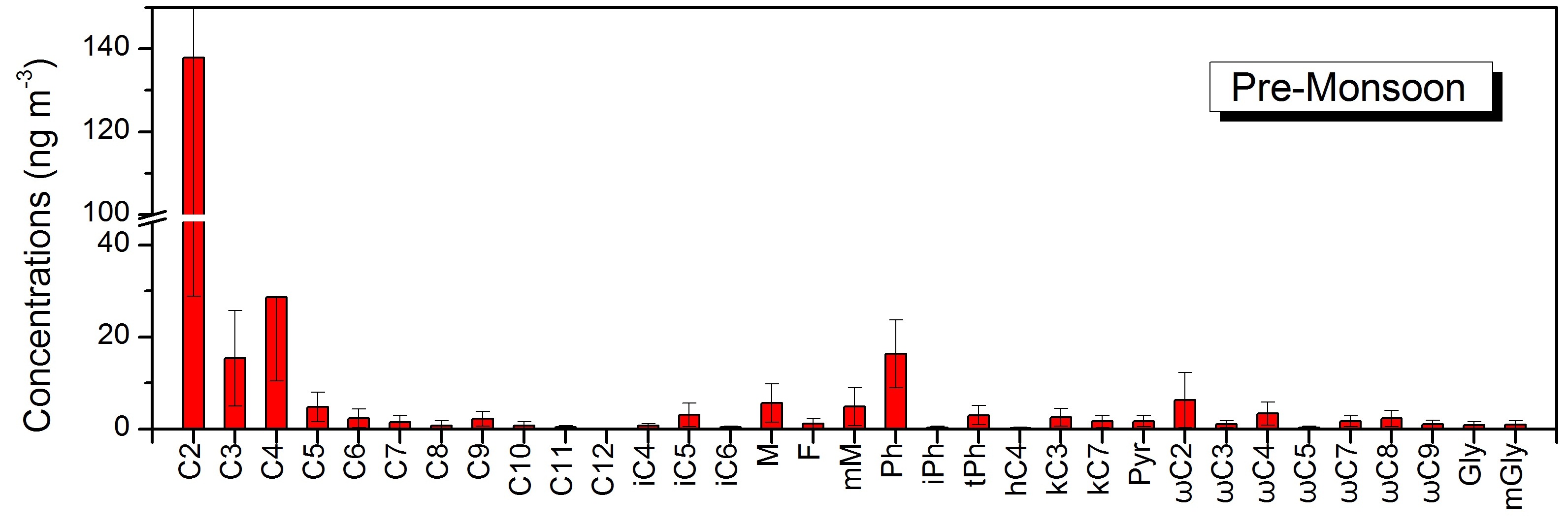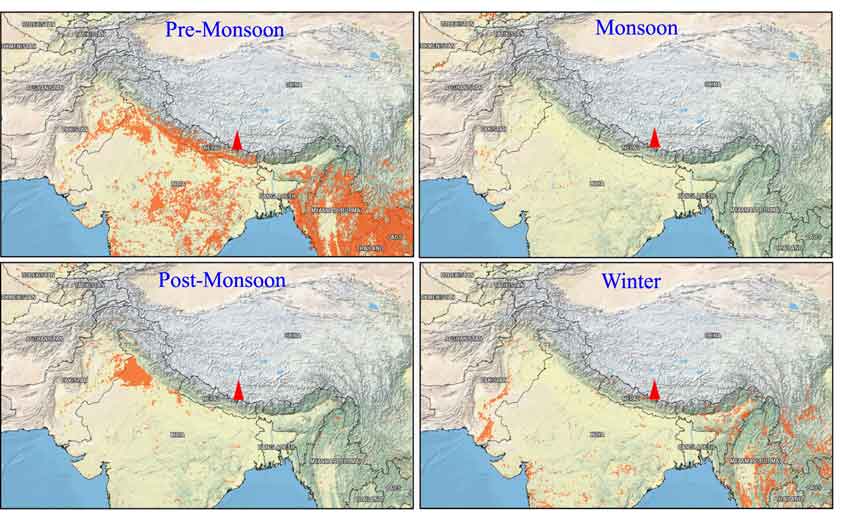| News |
| Latest news | |
| Int’l Cooperation activities | |
| Events & Announcement | |
| Recent Activities |
| Location: Home>News>Recent Activities |
| ITP scientists: South Asian atmospheric pollutants can cross the Himalayas to enter Tibetan Plateau |
The Tibetan Plateau that used to be considered one of the cleanest regions on earth is experiencing environmental pollutions in recent years. Where do those pollutants come from remains an important science question. Even though people are well aware of the fact that high levels of carbonaceous aerosol exist over South Asia, the area adjacent to the Himalayas and Tibetan Plateau, yet little is known about if they can be transported across the Himalayas, and reach as far inland as the Tibetan Plateau. Nature recently highlighted a finding by ITP researcher Dr. CONG Zhiyuan and his colleagues based on years of in situ monitoring and lab analysis. According to their discovery, south Asian atmospheric pollutants can cross the Himalayas to enter Tibetan Plateau, especially during the pre-monsoon season.
To quantitatively evaluate the effect of carbonaceous aerosols on the south edge of the Tibetan Plateau, ITP researchers conducted weekly aerosol sampling at Qomolangma (Mt. Everest) Station for Atmospheric and Environmental Observation and Research (QOMS, 28.36° N, 86.95° E, 4276 m a.s.l.) from August 2009 to July 2010. They further measured organic carbon, elemental carbon, dicarboxylic acids and related compounds in the aerosol samples. Strong positive correlations were observed for dicarboxylic acids with biomass burning tracers, levoglucosan and K+, demonstrating that this area was evidently affected by biomass burning. The seasonal variation pattern of dicarboxylic acids is consistent with OC and EC, being characterized by a pronounced maximum in the pre-monsoon season. Molecular distributions of dicarboxylic acids and related compounds (malonic acid/succinic acid, maleic acid/fumaric acid) further support this finding. These features are similar to the seasonal trends of aerosol composition reported previously from the southern slope of the Himalayas, such as Langtang and NCO-P. By means of satellite observations (CALIOP and MODIS), they thus suggest that the local meteorological conditions and regional atmospheric flow process could facilitate the penetration of the carbonaceous aerosols from South Asia throughout the Himalayas.
With the consideration of the darkening force of carbonaceous aerosols, they believe that this finding has important implication for this climate-sensitive area, where the glacier melting supplies water for billions of people downstream. If you are interested in these studies, please click on the following links: http://www.atmos-chem-phys.net/15/1573/2015/acp-15-1573-2015.html http://www.nature.com/srep/2015/150330/srep09580/full/srep09580.html http://www.nature.com/news/pollutants-waft-over-the-himalayas-1.17312 |


